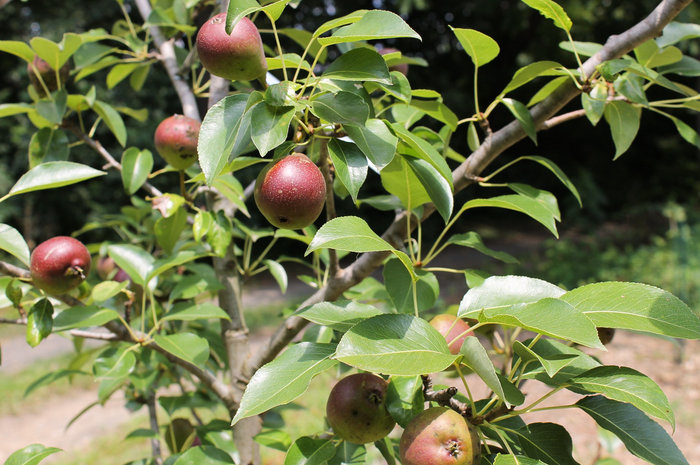For two years, North Dakota farmers Steve and Patty Jensen have been round-the-clock witnesses to endless cleanup crews on their wheat field due to a 20,000-barrel oil spill from a ruptured 6-inch Tesoro Corporation pipeline. “They are working 24 hours a day, seven days a week. But it’s so big and it’s not as easy to clean up as they thought it would be,” said Patty Jensen, whose husband discovered the spill in 2013. “It’s now just become part of our lives.” But even with crews on site 24/7, state regulators believe it will take another 2 ½ years to clean up what is said to be the largest onshore oil spill in history. While a recent statement from Tesoro revealed that over 6,000 barrels of oil have already been recovered from the land, the cost of continued cleanup for the next two years has not yet been articulated. The latest update on estimated cost was an increase from $4 million to $20 million. “Our primary goal of remediation continues to be to restore the property to agricultural use, and protect groundwater,” Tesoro’s statement said.
“Meet the Modern Farmer: Military Veteran Edition” profiles four men and women who “turned their love of country into a love of land.” For one of these individuals, Matt McCue, who served in Iraq and Korea, the transition to farming has made him appreciate his independence, develop an interest in quality food and land, and involve his community through his own CSA program. Sibling duo Matthew and Althea Raiford from the Army and Navy, respectively, made it their mission to reboot their grandmother’s farm after one generation of inactivity. Matthew found purpose not only in cooking the food he grows, but also engaging the community by providing a space for others to learn to cook with quality ingredients. For Althea, adapting her skill set was key: “Some of our skills don’t really translate into the civilian world. You have to find a new method. That’s one thing I learned in the military that translated into farming: adapting and overcoming.” Finally, there’s Justen Garrity, owner of Veteran Compost, who made composting his life – he spent months researching composting and eventually developed and grew his own business. “People join the military because there is a purpose and a reason,” he says, “And that’s what attracted me to composting.”
This piece from NPR’s Roxy Todd explores the mysterious world of mushroom farming, which occurs not in open fields, but deep in the forests of Appalachia. For decades, Bob Maslowski has been growing and collecting 21 different types of edible mushrooms on his 140-acre forest. The unique practice of growing shiitake mushrooms involves drilling holes into logs at the edge of the forest, and inserting shiitake spawn into the holes. This method gives Maslowski several spawns of shiitake per year, and each log lasts for about 4-6 years. The challenge that mushroom farming poses for the couple is of course, proving to the public and health department that they’re safe to consume. Because he can prove his shiitakes are grown from purchased spores and not growing wild in the forest, he’s allowed to sell them at the farmers’ market. Brad Cochran, an extension agent at West Virginia State University, encourages other farmers to do the same, “There is a lot of demand, especially here in the Charleston-Huntington metro area, because there are so many up and coming restaurants and really cool chefs around town that are just dying to get a hold of some good locally grown mushrooms,” he says. All this mushroom talk got you thinking of searching for your own? Here’s a guide from HOMEGROWN.org on finding morel mushrooms.
Practical Farmers of Iowa relaunched findafarmer.net, a search tool that seeks to match land-seekers with landowners. With 56% of Iowa farmland owned by people over 65, farmers reaching the age of retirement who don’t have heirs to pass their land on to often feel pressure to hand their farm over to large-scale farmers. On the contrary, for many beginning farmers, finding land can be a major barrier for getting into the industry. “A lot of land is transferred down through families,” says Steve Carlson of Practical Farmers of Iowa. “If you’re not going to inherit land, it can be hard to get into farming.” The newly updated website is equipped with an interactive map displaying the locations of both landowners and land-seekers, a photo uploader so farmers can display images of their land, social media sharing functions, a revamped profile page, advanced search functions to filter landowners and seekers by location, size, and more.
Following the Food and Agriculture Organization’s report that 800 million people worldwide grow vegetables or fruits or raise animals in cities, producing 15-20% of the world’s food, the importance of urban farming has never felt greater. While community gardens and crops are positively impacting cities all over the world, advocates for urban orchards believe cultivating groves of fruit trees on city land may be capable of longer lasting change. “When you plant lettuce, you produce food for today, which is great, but when you plant a tree, you’re feeding people tomorrow,” says Nina Beth Cardin, director of the Baltimore Orchard Project, a program of the Baltimore non-profit Civic Works. Not only are urban orchards producing food, they’re also providing shade, potentially helping curb climate change, improving water and air quality, and possibly even deterring crime. The disadvantages, though, include higher startup costs, more advanced techniques, and a considerable amount of time before the trees bear a substantial crop. Regardless, city governments are encouraging landowners to start planting, with hopes that the benefits outweigh the costs.



